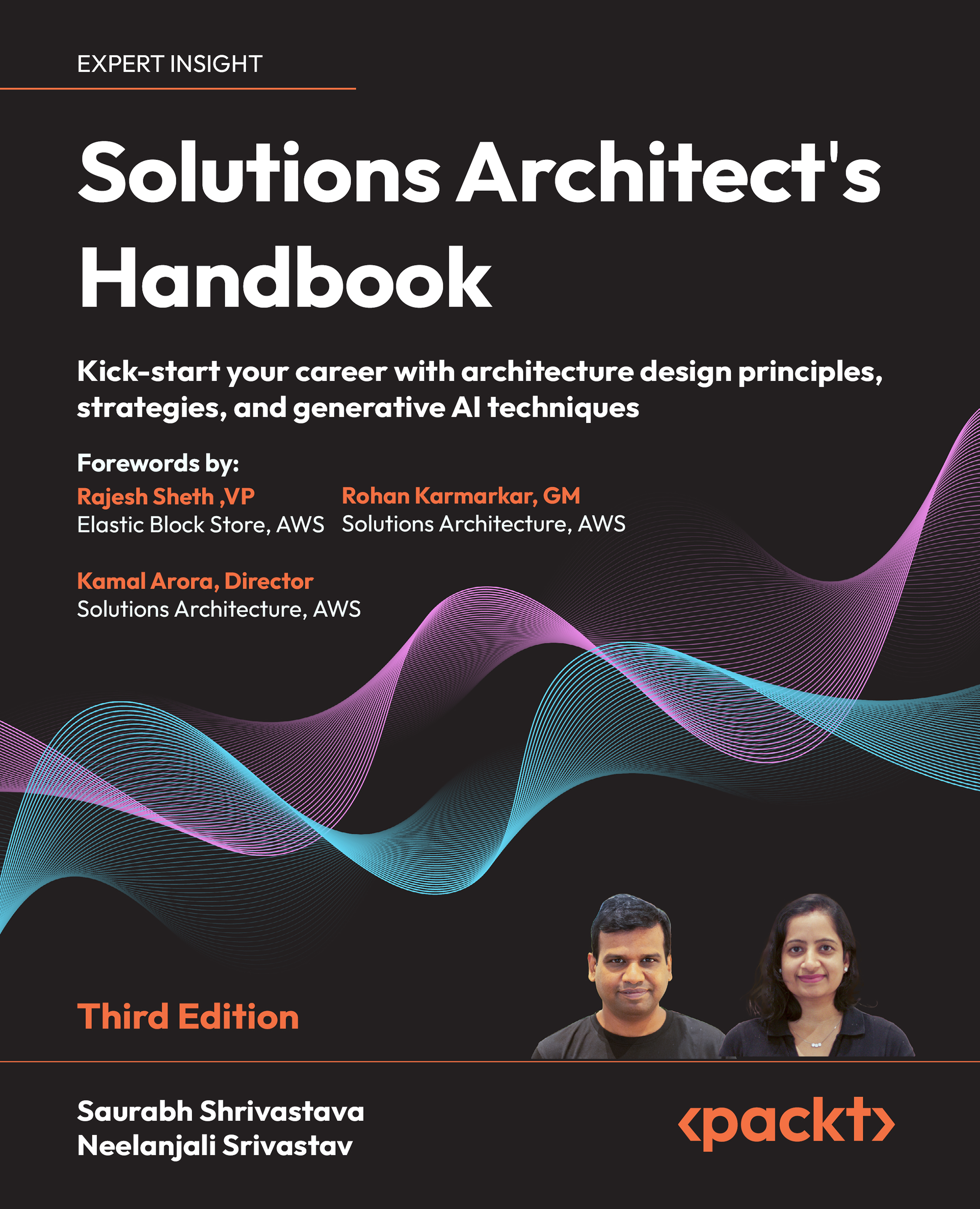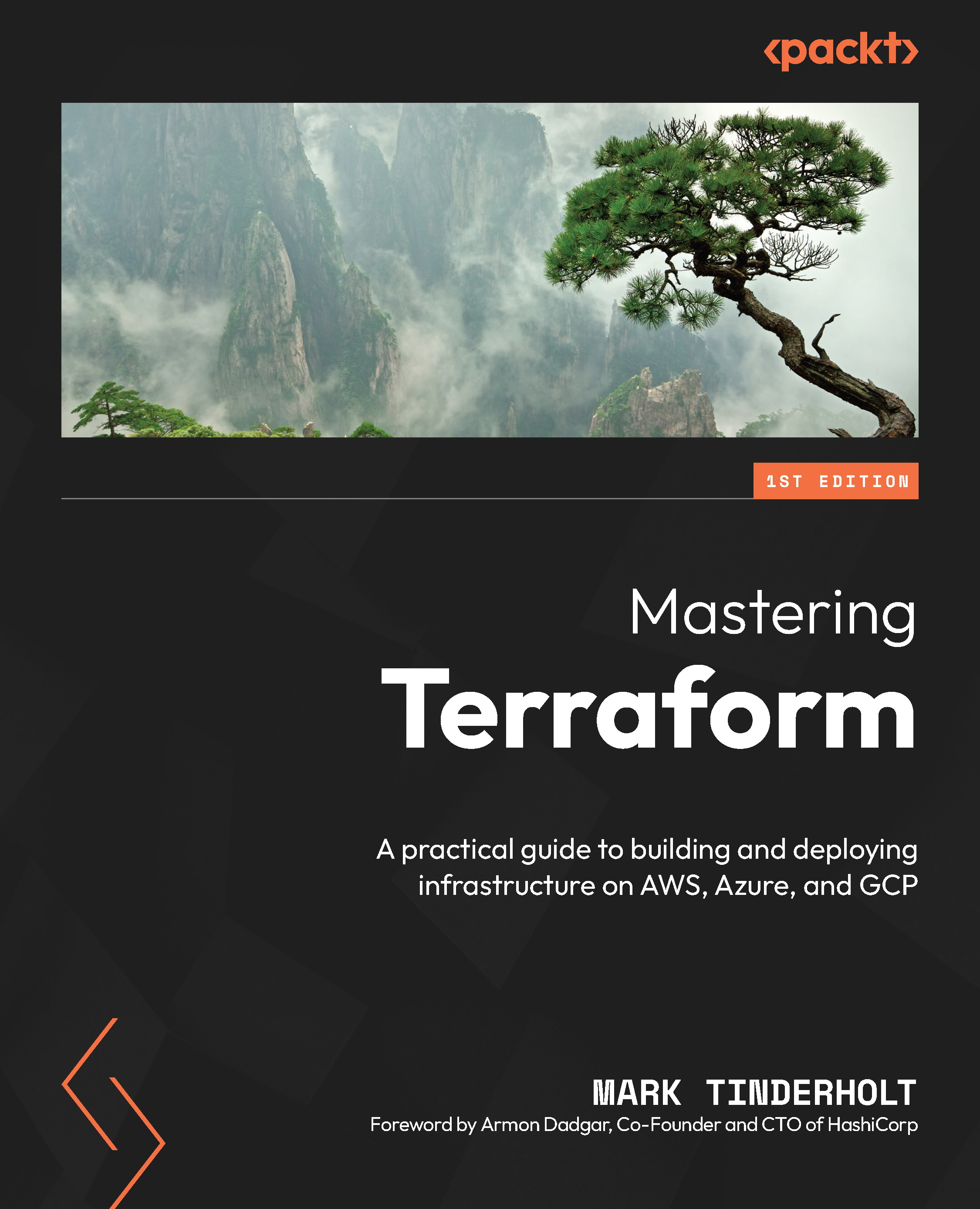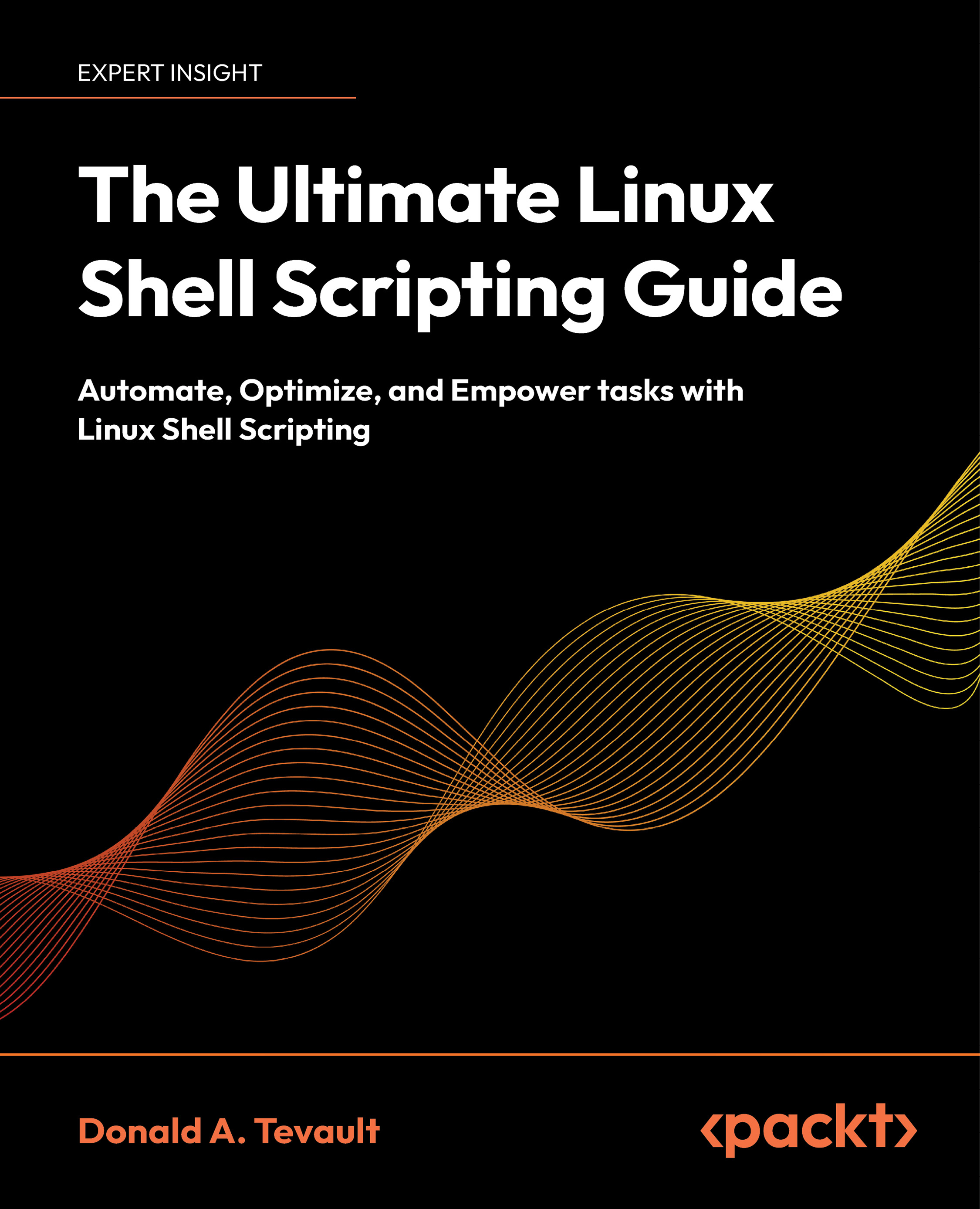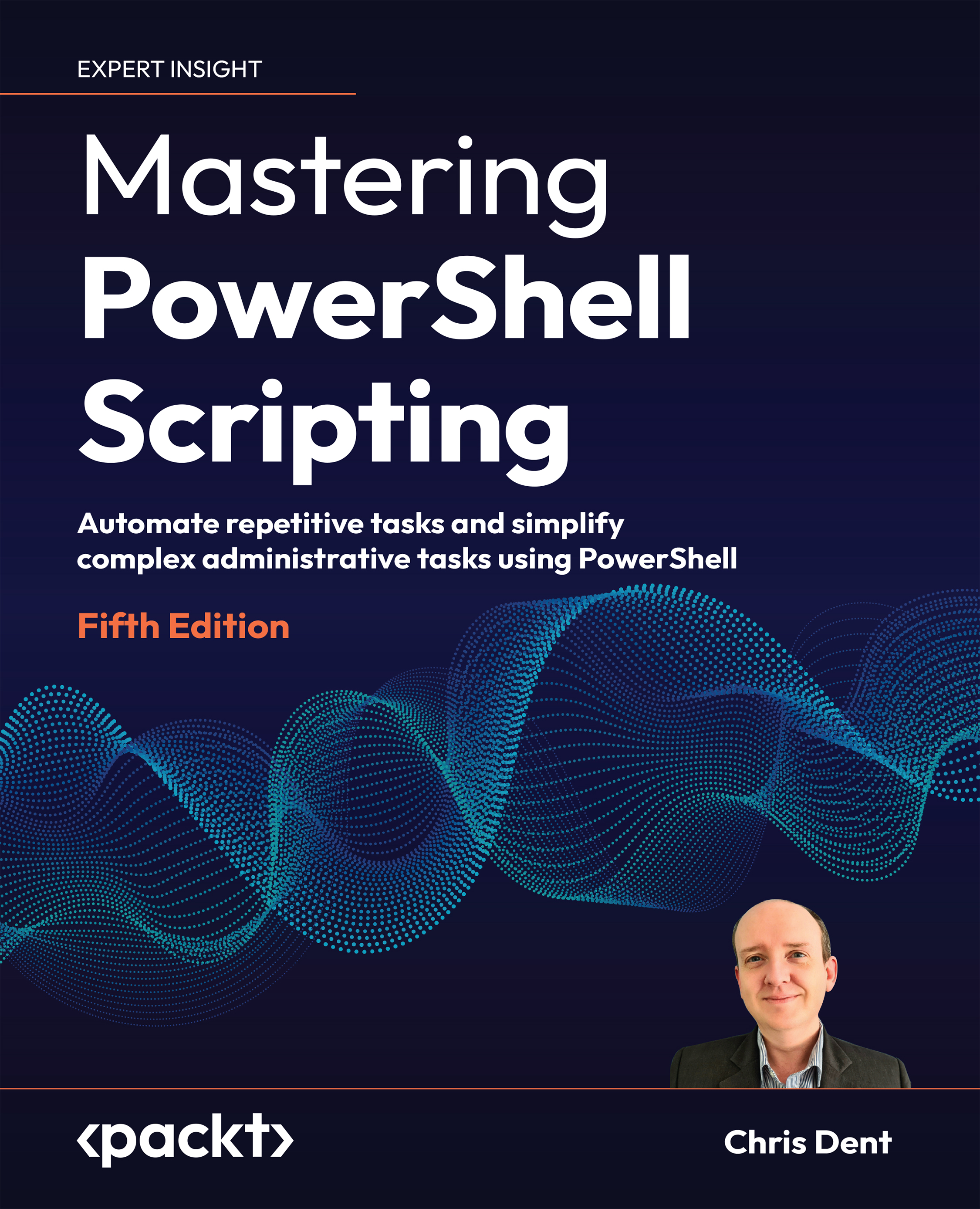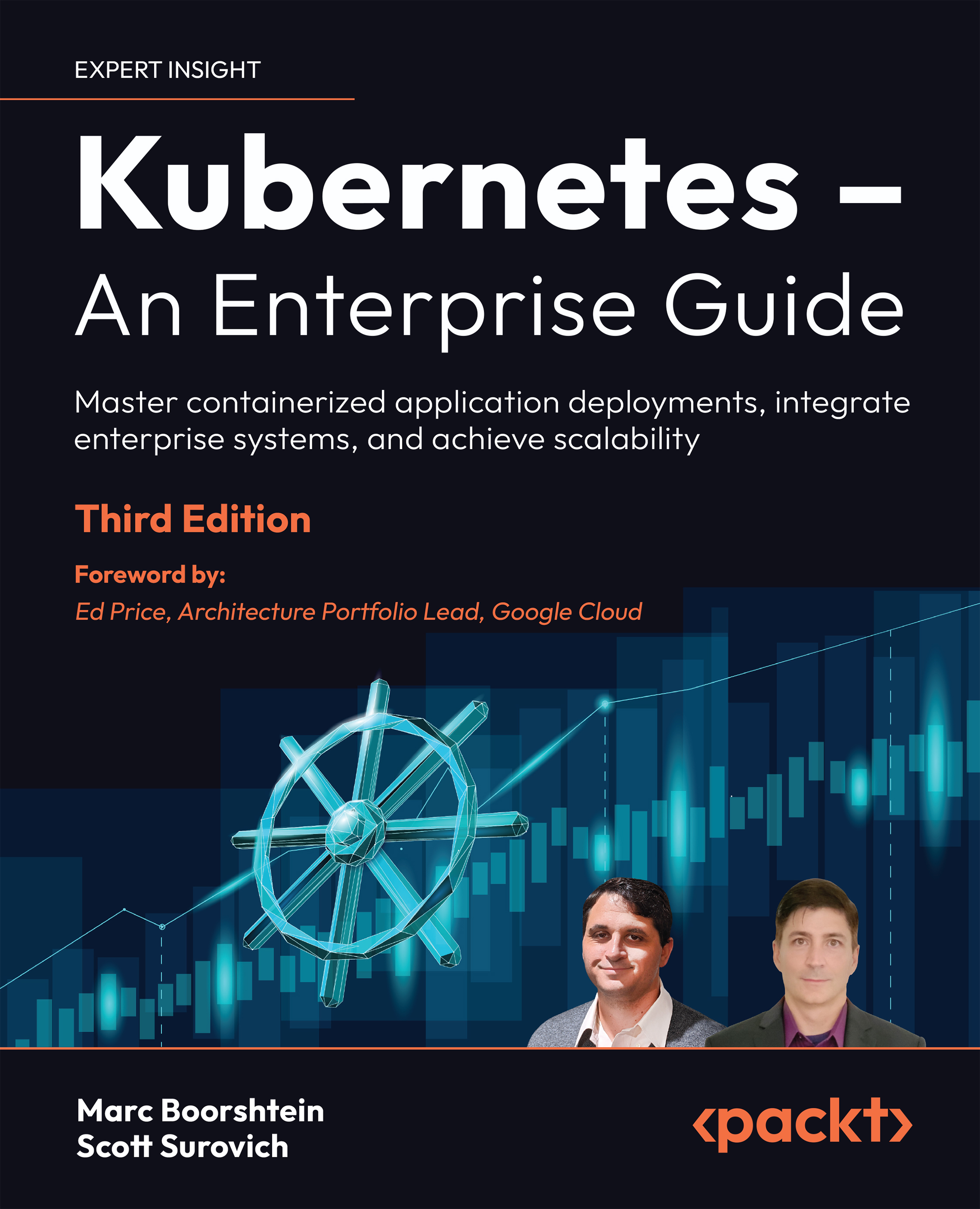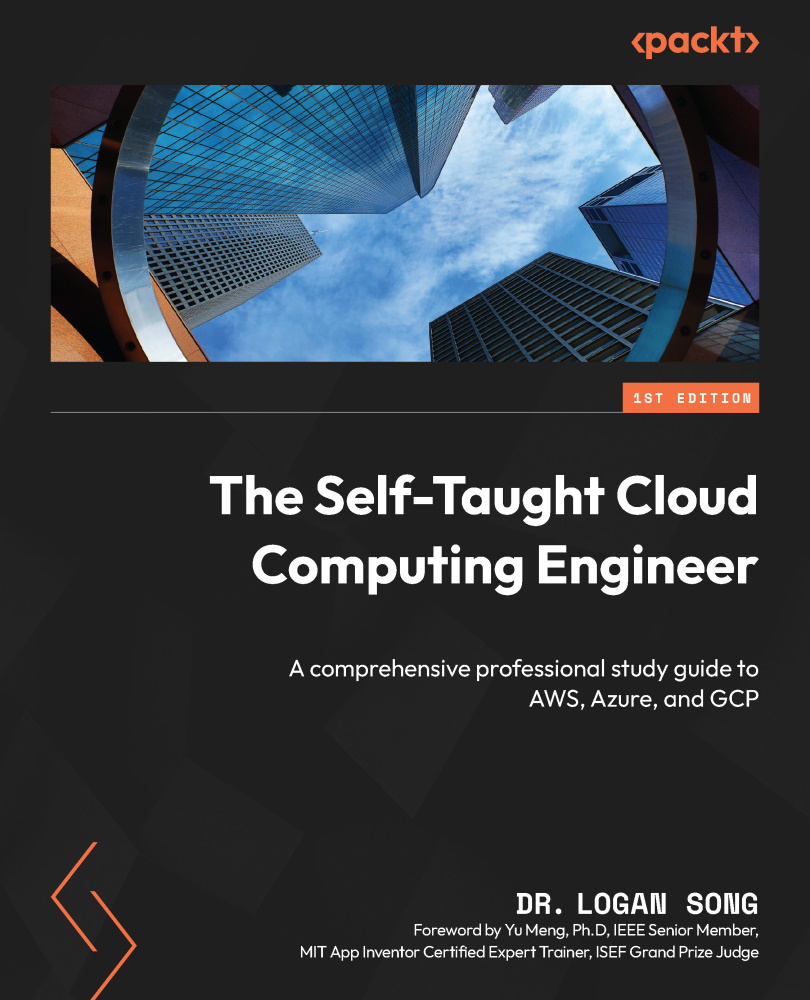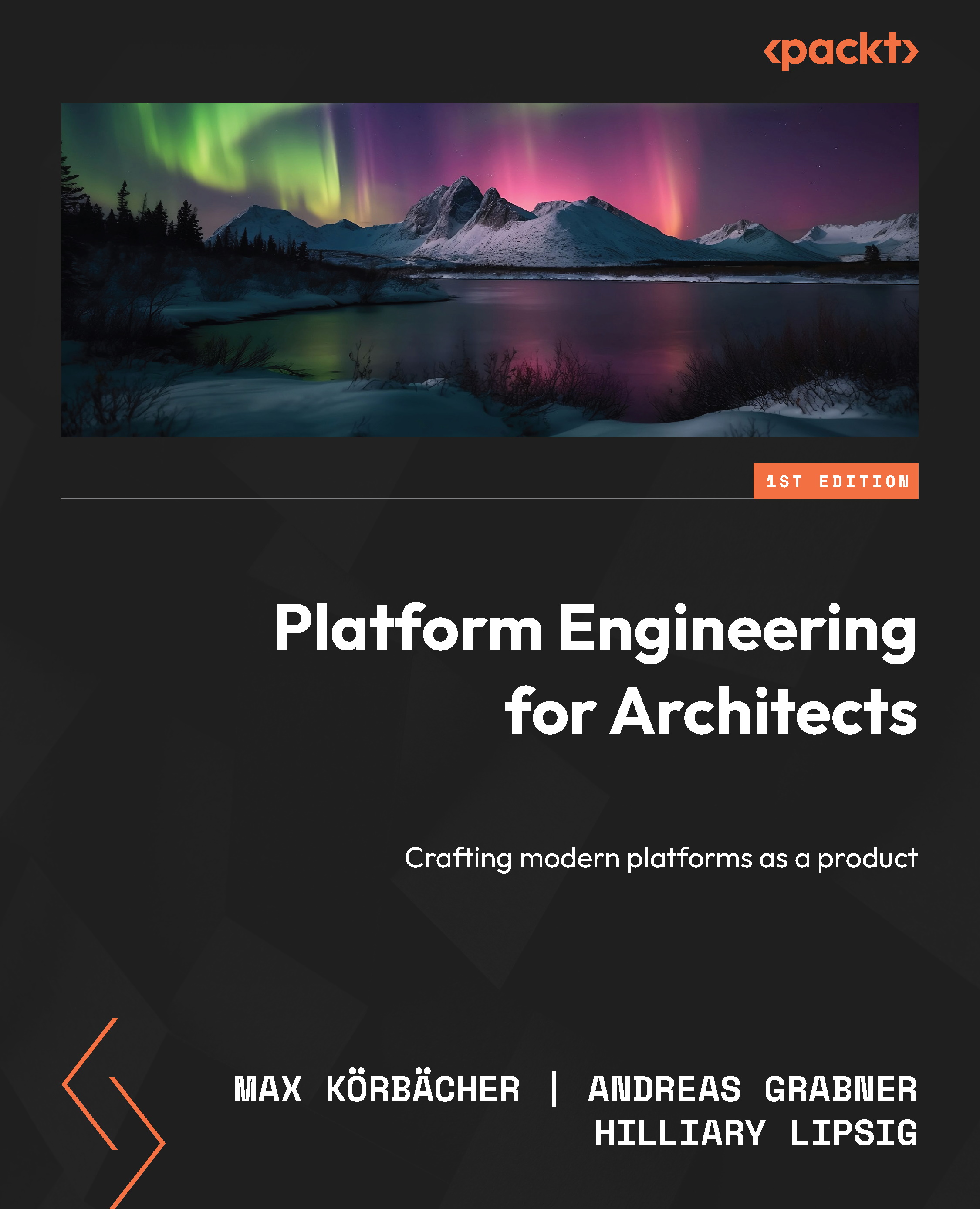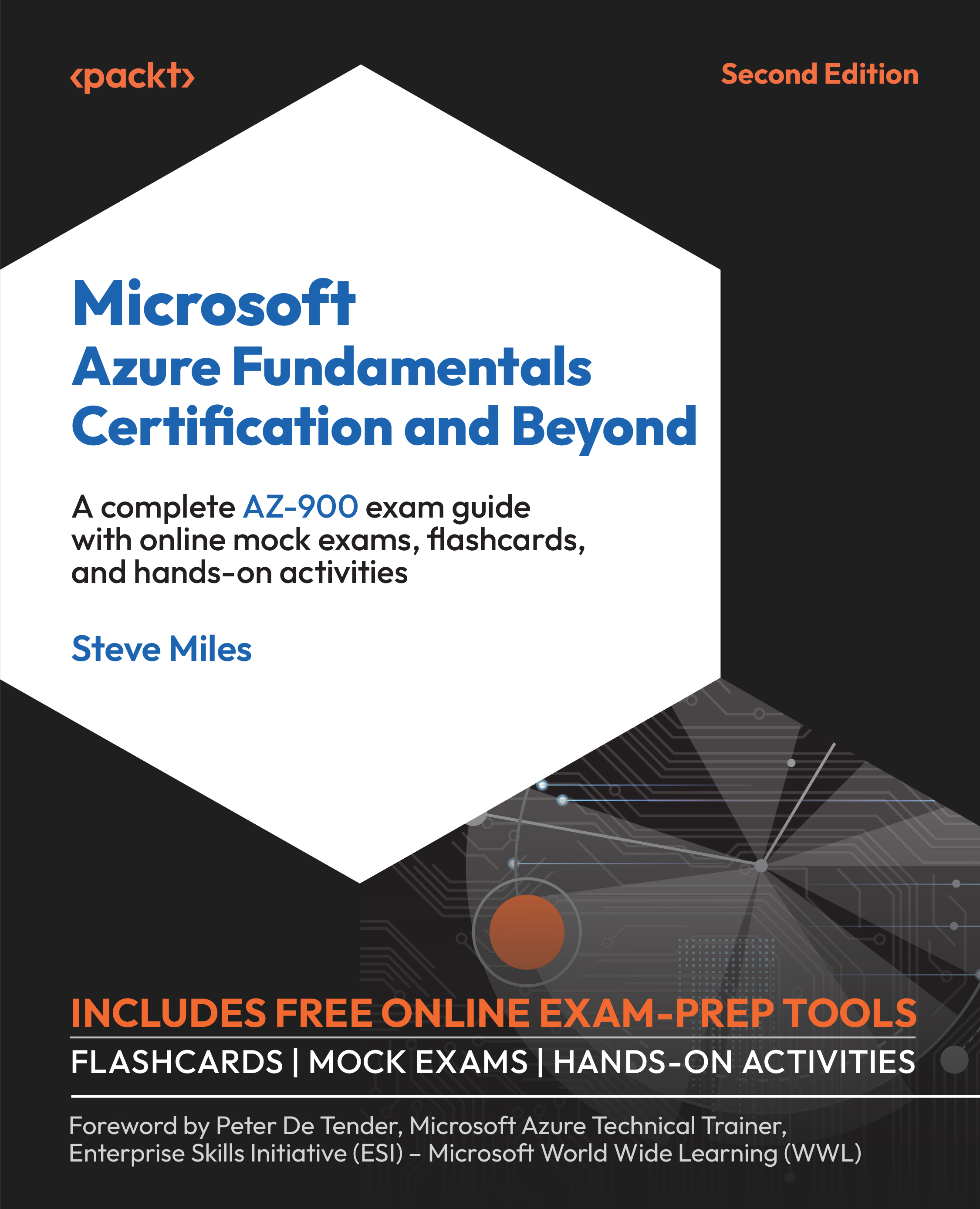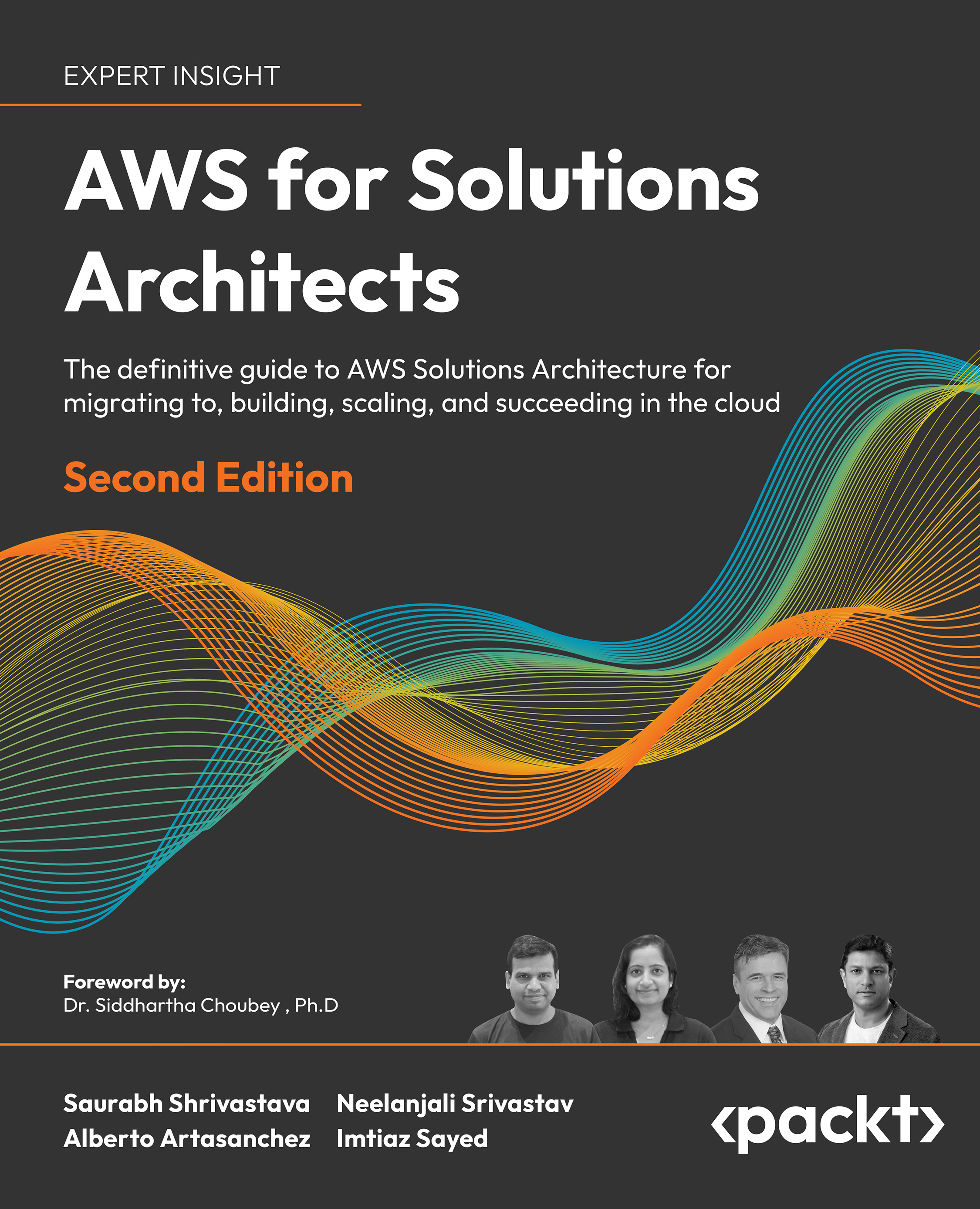Arguably, this is where the term serverless came from and is at the heart of this entire movement. If we look back not too long ago, we can see a time when operations teams had to purchase physical hardware, mount it in a data center, and configure it. All of this was required before engineers even had the chance of deploying their software.
Cloud computing, of course, revolutionized this process and turned it upside down, putting individual engineers in the driver's seat. With a few clicks or API calls, we could now get our very own virtual private server (VPS) in minutes rather than weeks or months. While this was and is incredibly enabling, most of the work of setting up systems remained. A short list of things to worry about includes the following:
- Updating the operating system
- Securing the operating system
- Installing system packages
- Dealing with dependency management
This list goes on and on. A point worth noting is that there may be hours and hours of configuration and management before we're in a position to deploy and test our software.
To ease the burden of system setup, configuration software such as Puppet, Chef, SaltStack, and Ansible arrived on the scene. Again, these were and are incredibly enabling. Once you have your recipes in place, configuring a new virtual host is, most importantly, repeatable and hopefully less error-prone than doing a manual setup. In systems that comprise hundreds or even thousands of virtual servers, some automation is a requirement rather than a mere convenience.
As lovely as these provisioning tools are, they do come with a significant cost of ownership and can be incredibly time-consuming to develop and maintain. Often, iterating on this infrastructure-as-code tooling requires making changes and then executing them. Starting up a new virtual host is orders of magnitude faster than setting up a physical server; however, we measure VPS boot time and provisioning time in minutes. Additionally, these are software systems in and of themselves that a dedicated team needs to learn, test, debug, and maintain. On top of this, you need to continually maintain and update provisioning tools and scripts in parallel with any changes to your operating systems. If you wanted to change the base operating system, it would be possible but not without significant investment and updates to your existing code.
When Lambda was launched by AWS in 2014, a new paradigm for computing and software management was born. In contrast to managing your virtual hosts, AWS Lambda provided developers the ability to deploy application code in a managed environment without needing to manage virtual hosts themselves. Of course, there are servers running somewhere that are operated by someone. However, the details of these servers are opaque to us as application developers. No longer do we need to worry about the operating system and its configuration directly. With AWS Lambda and other Functions as a Service (FaaS) platforms, we can now delegate the work of VPS management to the teams behind those platforms.
The most significant shift in thinking with FaaS platforms is that the unit of measure has shrunk from a virtual machine to a single function.
 United States
United States
 Great Britain
Great Britain
 India
India
 Germany
Germany
 France
France
 Canada
Canada
 Russia
Russia
 Spain
Spain
 Brazil
Brazil
 Australia
Australia
 Singapore
Singapore
 Hungary
Hungary
 Ukraine
Ukraine
 Luxembourg
Luxembourg
 Estonia
Estonia
 Lithuania
Lithuania
 South Korea
South Korea
 Turkey
Turkey
 Switzerland
Switzerland
 Colombia
Colombia
 Taiwan
Taiwan
 Chile
Chile
 Norway
Norway
 Ecuador
Ecuador
 Indonesia
Indonesia
 New Zealand
New Zealand
 Cyprus
Cyprus
 Denmark
Denmark
 Finland
Finland
 Poland
Poland
 Malta
Malta
 Czechia
Czechia
 Austria
Austria
 Sweden
Sweden
 Italy
Italy
 Egypt
Egypt
 Belgium
Belgium
 Portugal
Portugal
 Slovenia
Slovenia
 Ireland
Ireland
 Romania
Romania
 Greece
Greece
 Argentina
Argentina
 Netherlands
Netherlands
 Bulgaria
Bulgaria
 Latvia
Latvia
 South Africa
South Africa
 Malaysia
Malaysia
 Japan
Japan
 Slovakia
Slovakia
 Philippines
Philippines
 Mexico
Mexico
 Thailand
Thailand



